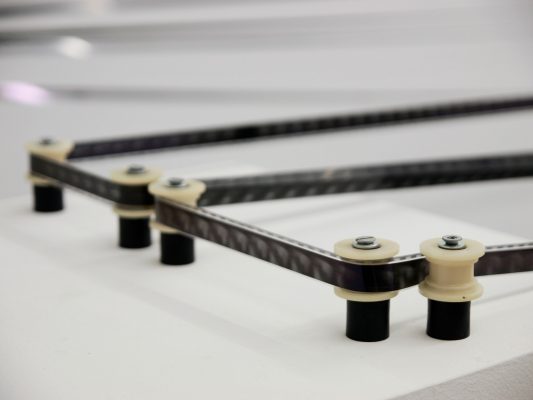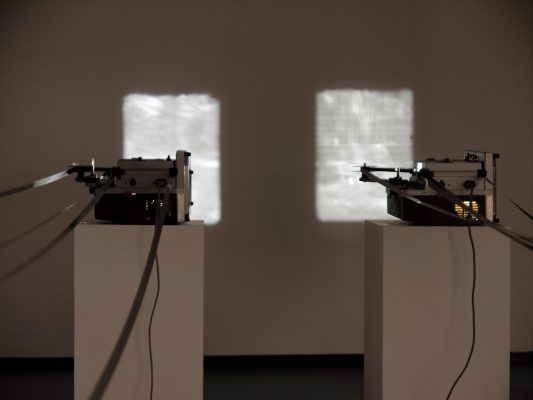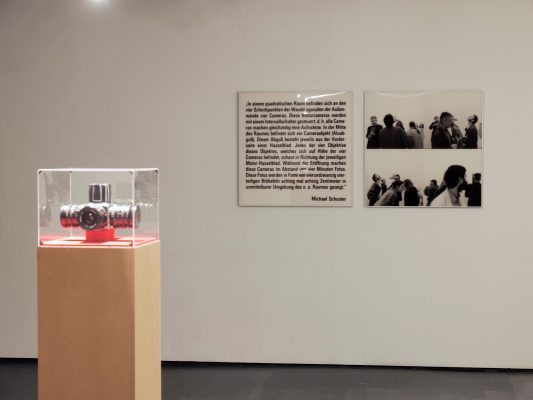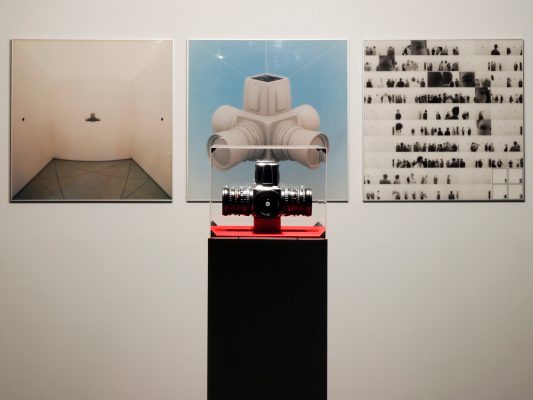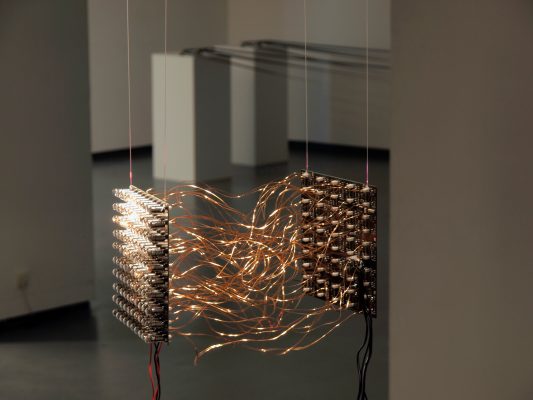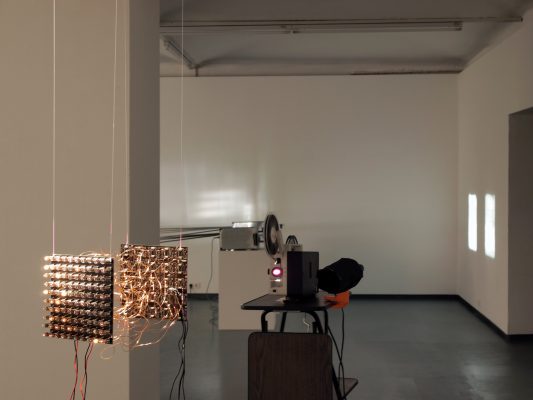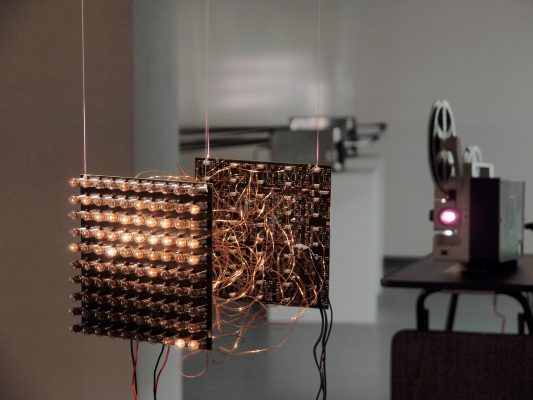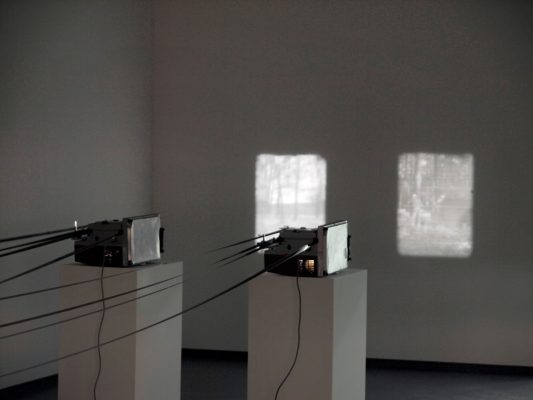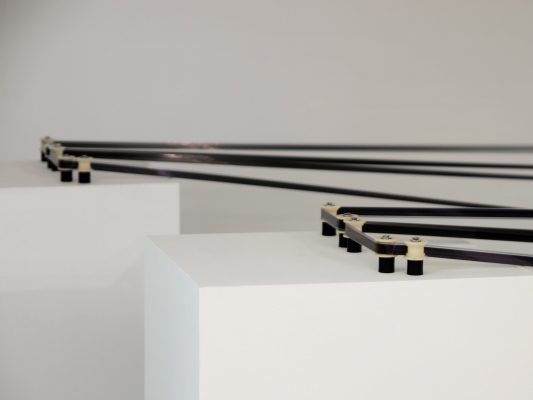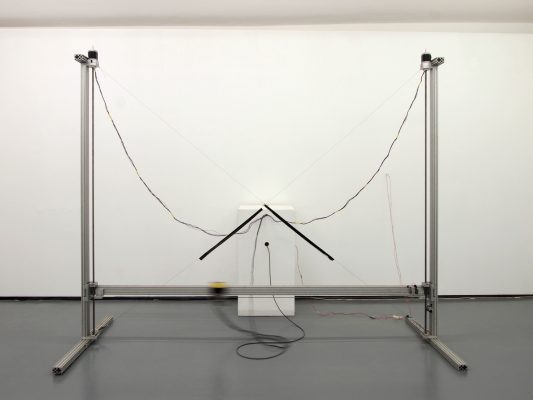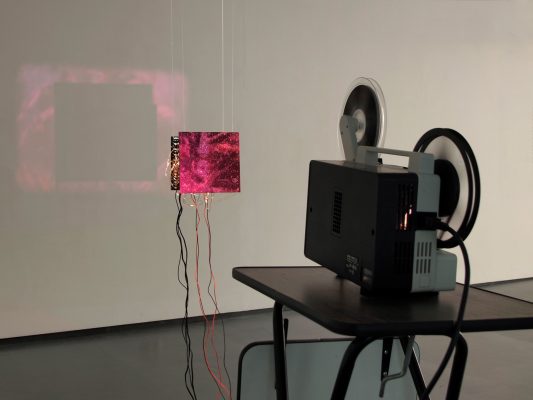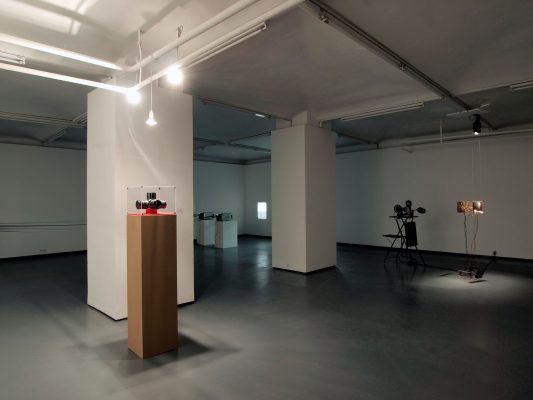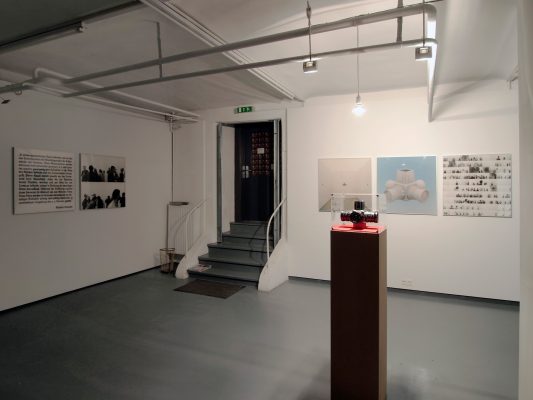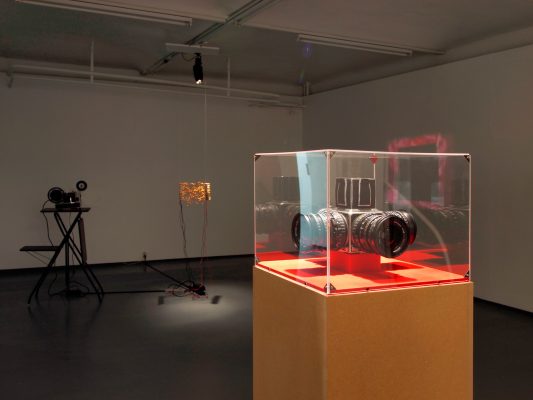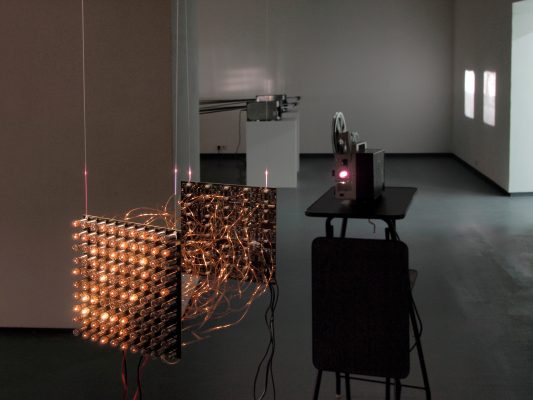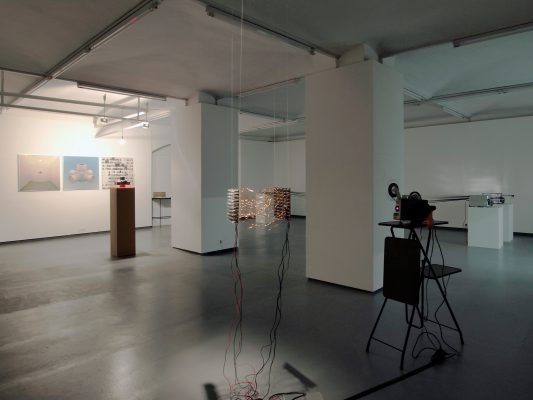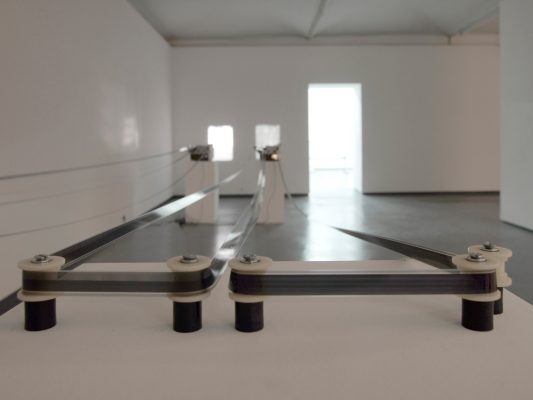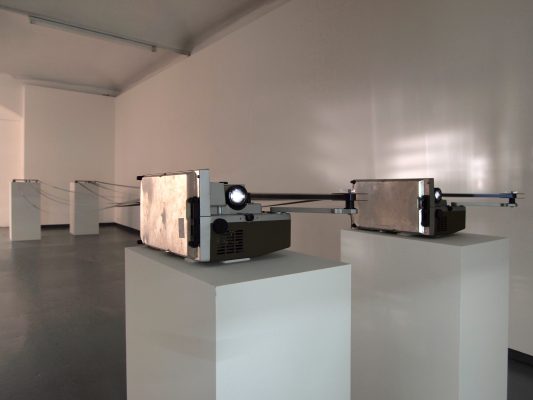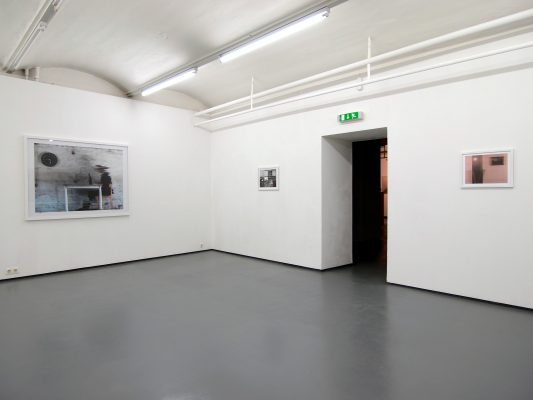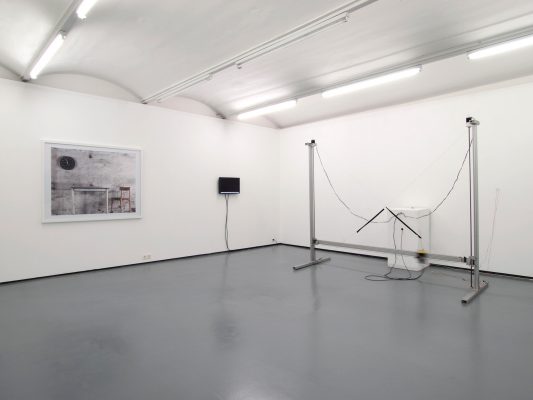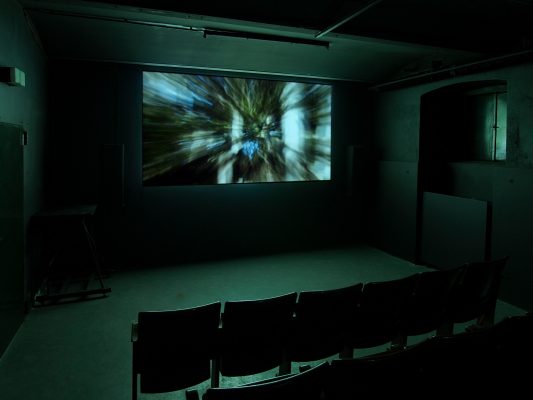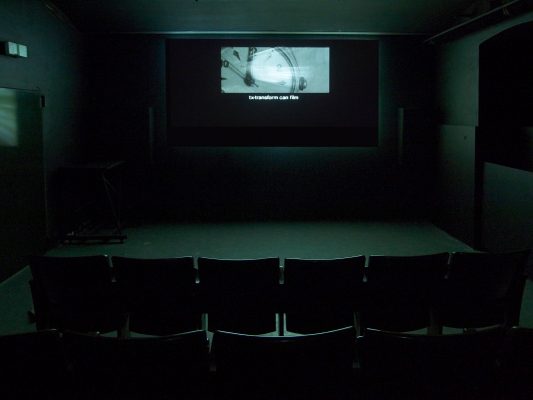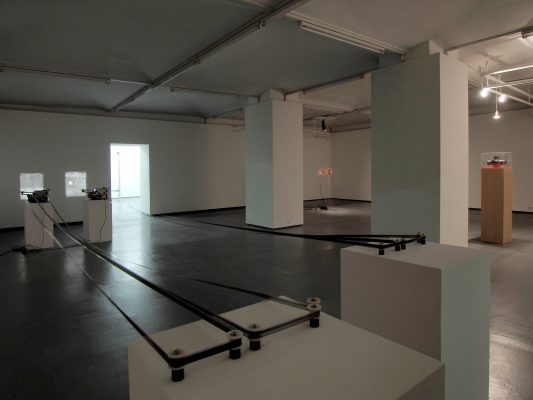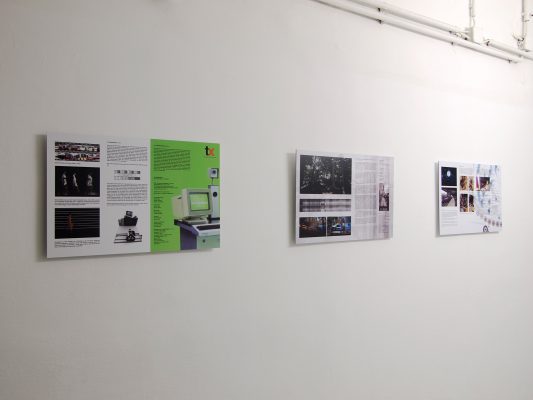Opening: Monday, 16 May at 7:00 p.m.
Introduction: Thomas Freiler
Experiment, research, invention and exploration – these are keywords for this year’s theme of focus TECHNIQUES, MACHINES, & METHODS – Artistic Processes of Image-Making, which has been developed by the curatorial Team at Fotogalerie Wien in collaboration with artist and photographer Thomas Freiler. Nowadays, with the seemingly final switch from analog to digital photography and now that photography appears to have become something that is “taken for granted” and is “easily accessible”, artists who construct their own machines, drawing upon old preindustrial methods and exploring basic photographic parameters are increasingly emerging. This three-part exhibition series focuses on the inventive and unorthodox artistic methods and processes in image-making.
The first exhibition of this series is dedicated to CONSTRUCTED DEVICES. While interest is usually focused specifically on the images that result from apparatuses (apparare: prepare), here the devices themselves become the theme of the artistic works: Their construction as well as an inquiry into how various technical aspects become critical for the determination of iconography and image content. The five artists shown together in this exhibition present themselves as builders of cameras, as inventors and researchers that construct devices in order to be able to realize certain very specific artistic ideas.
For Cinematographie, Philipp Fleischmann developed a special camera obscura that no longer employs 16mm film for an ongoing sequence of individual images (as is the case in cinema), but for the production of one image resulting from a single operation. Because of its 360° construction, this camera allows a continuous and simultaneous registration of the immediate environment. In the camera, two film strips, layered one upon the other, record both the interior and exterior environment, hence also the device and the image production itself. These continuous, simultaneous exposures of the situation show in the installation, with an animation of a filmic projection, the perception of a moving camera, representing at the same time a filmic standstill.
Over the years, Martin Reinhart has constructed various devices in the field of moving pictures. tx-transform inverts the usual perception of a film sequence by interchanging the custom developed spatial and time axes. Projects with and for other artists and filmmakers demonstrate to what extent devices and the methods of their application generate film content and thus themselves become the inventors of images. Short film sequences, irritating visual déjà vus were the result of a construction for Christoph Brunner’s 3 Minuten, in which the same roll of film ran many times through the camera whilst recording. The technical realization of a dolly zoom – a camera zoom synchronized with the movement of the camera – for Johann Lurf’s Vertigo Rush, fluidizes the space and smoothly gives way to abstraction. In the exhibition, these specially developed devices will be the shown for the first time alongside the videos for which they were made.
Michael Schuster is interested in issues concerning reality and perception of reality, as well as the construction of reality and its conditions. Hence, he is also specifically interested in the camera “itself”, which, until the beginning of last century, was considered to be the “authentic” medium in the representation of reality. For Schuster, the camera itself is the exhibited object. With the modification of a Hasselblad camera, with lenses on all four sides, a sort of promise of total and complete perception, in an unsettling ironic manner and by means of deception – the camera does not actually work – Schuster questions the ability to objectively represent the world.
Gebhard Sengmüller identifies his device, A Parallel Image,as a “media archaeological”, interactive sculpture, an electronic camera obscura from which the body, its outer form, has visibly been removed. It is the model of a complicated mechanism that appears to be reduced to its most essential functions. And in fact, this sculpture employs a method that is significant for the production of images through devices: That which is decoded by the human perception as an image, is composed of similarly formed elements. With this device, the configuration of modern image systems is put into question.
Konrad Strutzhas named his special machine for the transmission of space onto a single level after the Greek term Acheiropoieton (an image coming into existence on its own, not made by the human hand). The device assigns a precise orthogonal position in space to each pixel in the image. The device works somewhat like a scanner: The automated, programmed mechanism reads its counterpart pixel by pixel and line by line in the space of several hours transforming it into digital form. In contrast to conventional photography, it is not the beams of light from various angles that are bundled for a single focal point. Instead each individual point in the image has the qualities of a vanishing point.
(textual support: Thomas Freiler)
